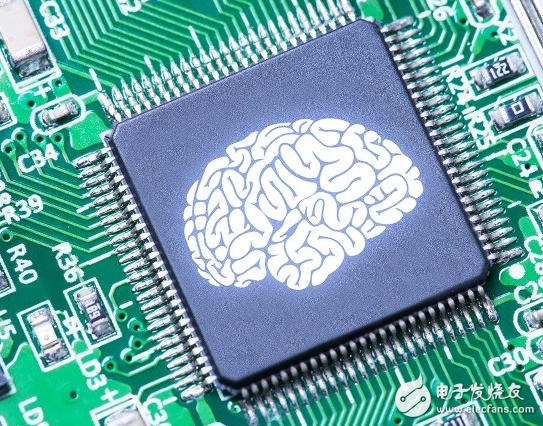The development of artificial intelligence has not been able to achieve breakthrough points, mainly in the issue of energy consumption. Today, programmable chips should be in the right place at the right time. The quantum programmable technology developed by Efinix makes the role of each field programmable gate array routing block very flexible, and the new design does not need to consider the worst case scenario. Today, engineers are working hard to "squeeze" artificial intelligence technology (especially deep learning variants) into chips, but they have been limited by cost and energy consumption. Headquartered in Santa Clara, Calif., Efinix plans to design chips with a new field-programmable gate array (FPGA) technology that is not only one-fourth the size of today's chips, but also consumes only the traditional chips. Half, the structure is not as complicated as it used to be. Sammy Cheung, co-founder, president and CEO of the company, said Efinix called the technology quantum-programmable technology. In the past, training artificial intelligence and deep learning relied on central computers and servers to generate large amounts of data, and now, relying on this combination of optimization features, it is easier to push artificial intelligence and deep learning. The basic architecture of field programmable gate array technology has not changed in the past few decades. From a high-level perspective, the basic architecture of field-programmable gate array technology looks like a board, with alternate parts either for routing or for logical decisions. Tony Ngai, a field-programmable gate array technology expert, and Efinix co-founder Cheung have come up with a new concept: to abandon every board with dedicated functions (these boards are called exchangeable logic) Based on the routing processor, each board can be programmed for a specific purpose. When designing traditional field-programmable gate array routing blocks, designers often want it to cope with the worst problem scenarios—the most complex interconnect set possibilities. Because of this, modern traditional field programmable gate arrays require a complete set of 10-14 metal layers to achieve all of the interconnect functions. These metal layers and their accompanying insulating layers act as a "parasitic capacitor", but the problem is that the energy requirements are too high. But now, the quantum programmable technology developed by Efinix makes the role of each field programmable gate array routing block very flexible, and the new design does not need to consider the worst case scenario. If a logic block requires a particularly complex route, all you need to do is assign an adjacent, additional field-programmable gate array routing block for routing. This means that the Efinix quantum system itself becomes smaller and it requires only seven metal layers to interconnect. As the number of metal layers is reduced, the power consumption of parasitic capacitors is greatly reduced, and Efinix's programmable chips are integrated into other chip architectures, such as System-on-Chip and Application Specific Integrated Circuit (ASIC). Thanks to a $9.2 million investment in Xilinx, Samsung Electronics and Hong Kong X Technology Fund last week, Efinix plans to start a new chip product with partners starting in 2018. Interestingly, the most investment in Efinix is ​​the field-programmable gate array industry giant Xilinx. Salil Raje, senior vice president of software for Xilinx, Inc., said: "Efinix's solution can solve many application problems that are basically impossible to solve with current field-programmable gate array chips. ." Cheung, co-founder of Efinix, added: "We will not compete with Xilinx. On the contrary, we will work together to expand the field of programmable gate array chips." In fact, the field of field programmable gate array chips has reached the market. It is 5 billion US dollars, and it is still growing rapidly. It is expected that the market size will exceed 10 billion US dollars in the future.
"Non-burning, nicotine for users, low tar content. As the heating temperature (below 500℃) is lower than the combustion temperature of traditional cigarettes (600-900℃), the harmful components produced by tobacco high-temperature combustion pyrolysis and thermal synthesis are reduced, and the release amount of side-flow smoke and environmental smoke (second-hand smoke) is also greatly reduced."
Heating non - combustion products are electronic devices containing tobacco. When you heat them, they produce a nicotine-containing vapor that you can inhale. Hnb Device Oem,Hnb Device Patent,Hnb Device,Hnb Device For Sale Shenzhen MASON VAP Technology Co., Ltd. , https://www.cbdvapefactory.com
They are different from traditional cigarettes and work by heating tobacco to a very low temperature. Tobacco is heated to 350 ° C in a heat-incombustible device, while traditional cigarettes burn at up to 900 ° C.
Still, the temperature at which non-combustion products are heated is high enough to vaporize and inhale harmful chemicals.
Although both are electronic devices, heated non-combustible products are also different from e-cigarettes or steam devices. These usually use chemical liquids and do not necessarily contain nicotine. E-cigarettes tend to heat liquids to around 250 degrees Celsius to produce vapor.